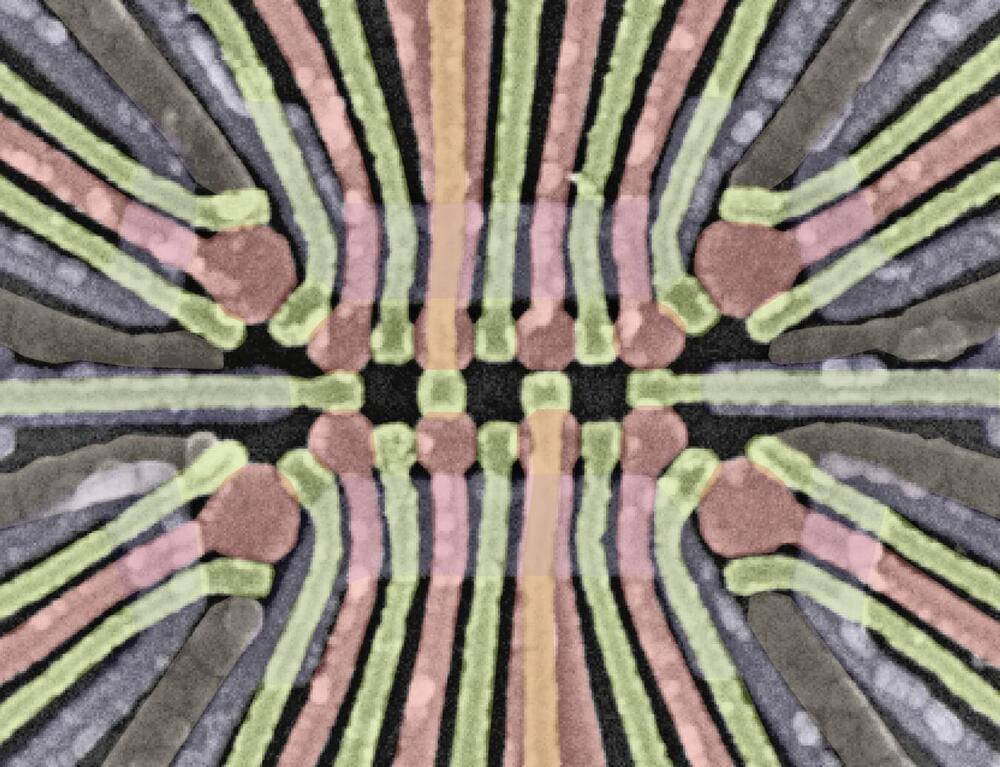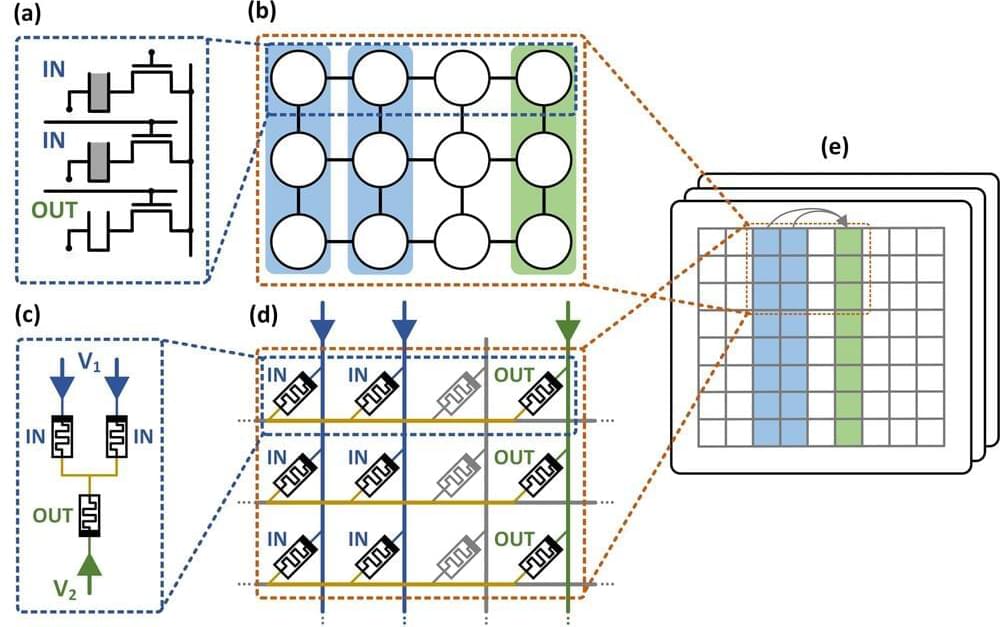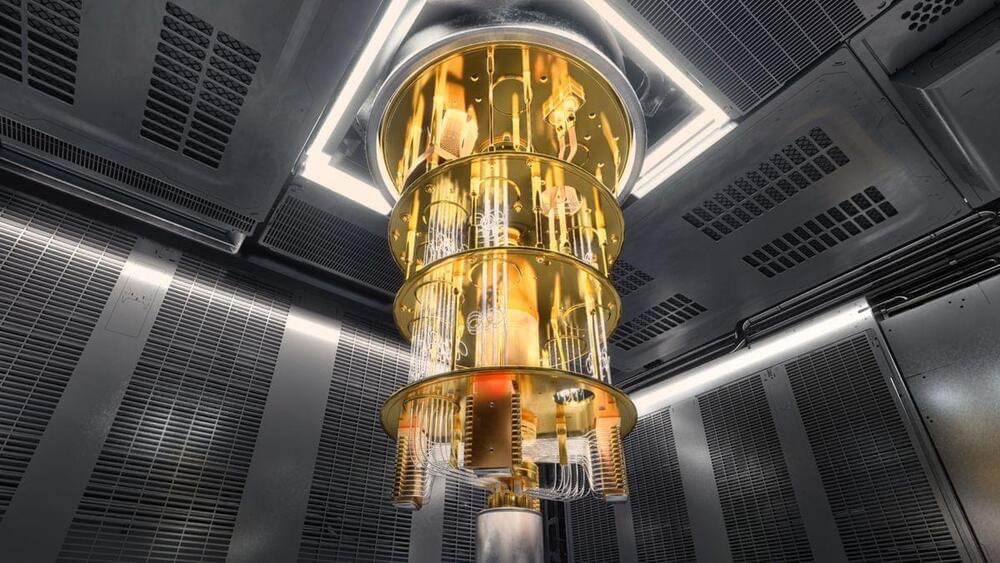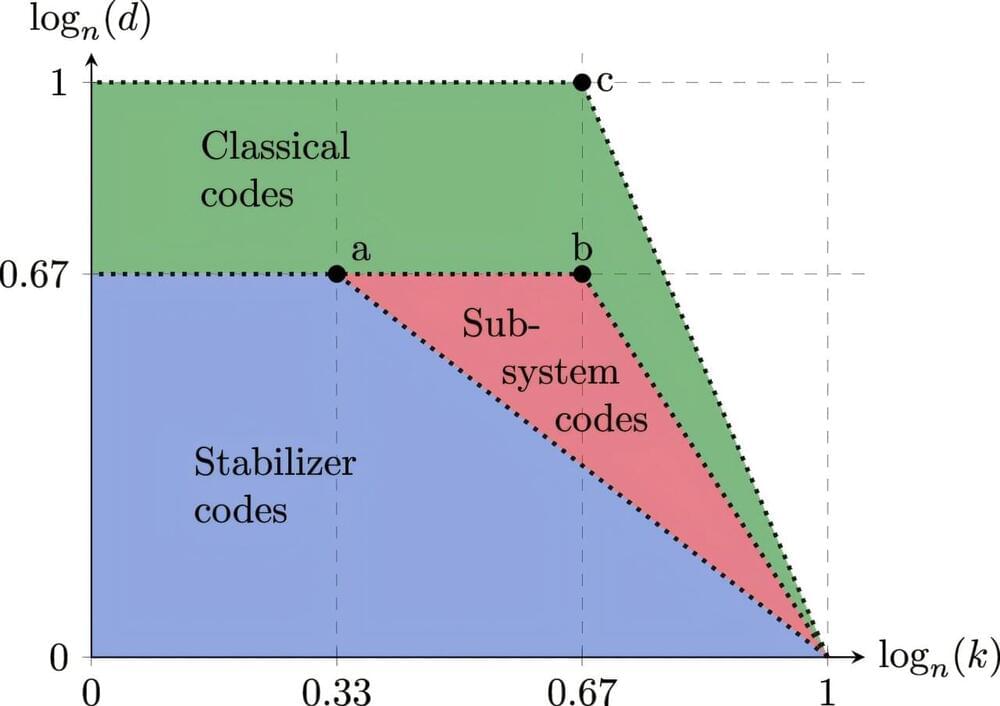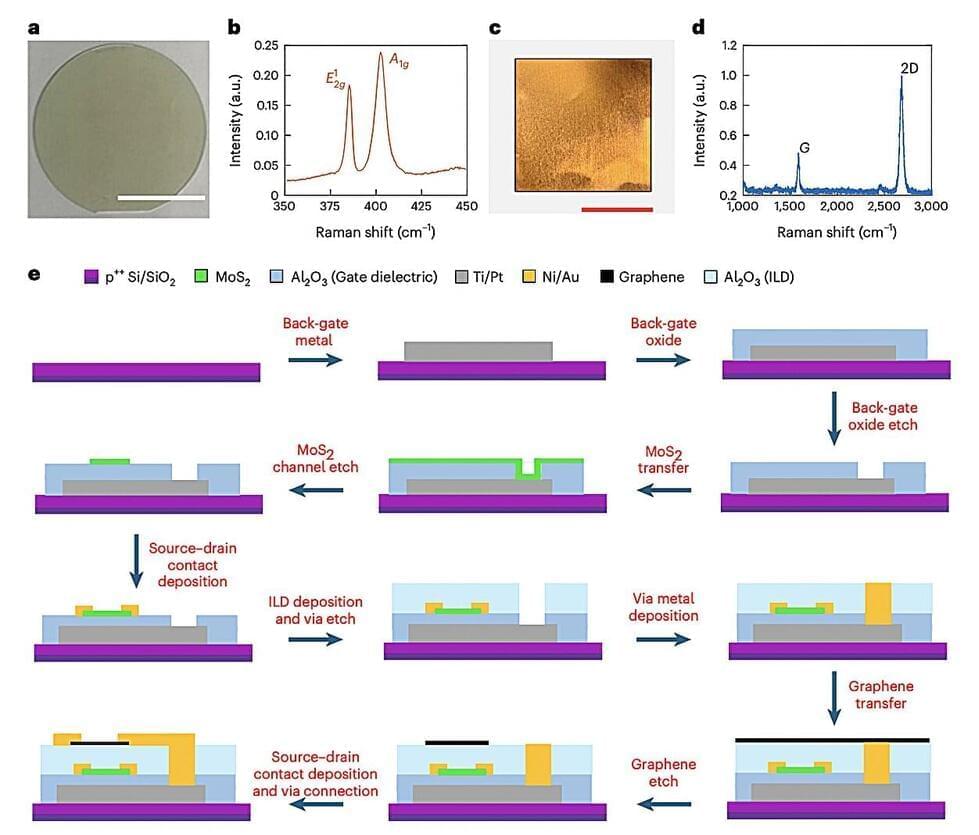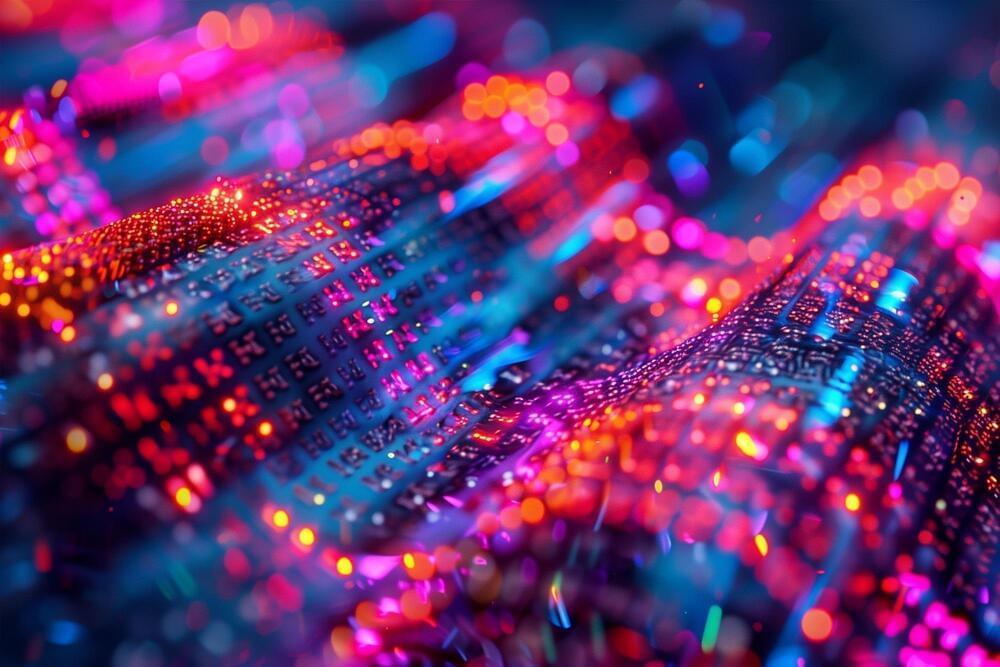A new technique enables data storage in synthetic polymers, allowing direct bit access without full sequence decoding, significantly increasing storage density and stability, demonstrated by encoding a university address in ASCII within a polymer.
The need for data storage is growing, with many types of data requiring long-term preservation. Synthetic polymers present an efficient alternative to traditional storage media, as they can store information using less space and energy. However, conventional retrieval methods, like mass spectrometry, limit the length—and therefore the storage capacity—of individual polymer chains. Now, as reported in Angewandte Chemie, researchers have developed a new approach that overcomes this limitation, enabling direct access to specific data bits without having to read the entire chain.
Advantages of polymer storage over DNA.
